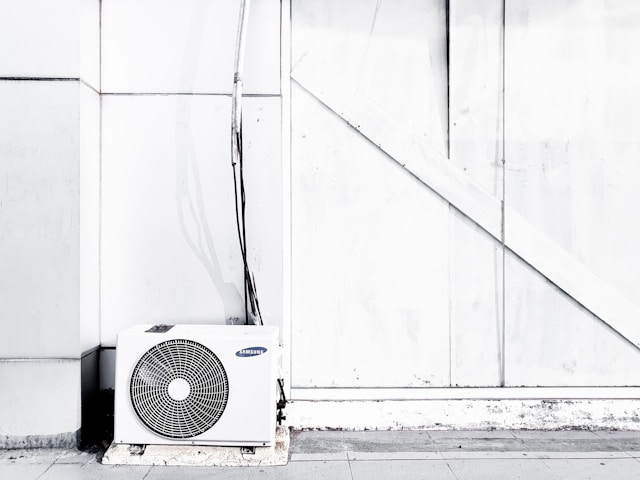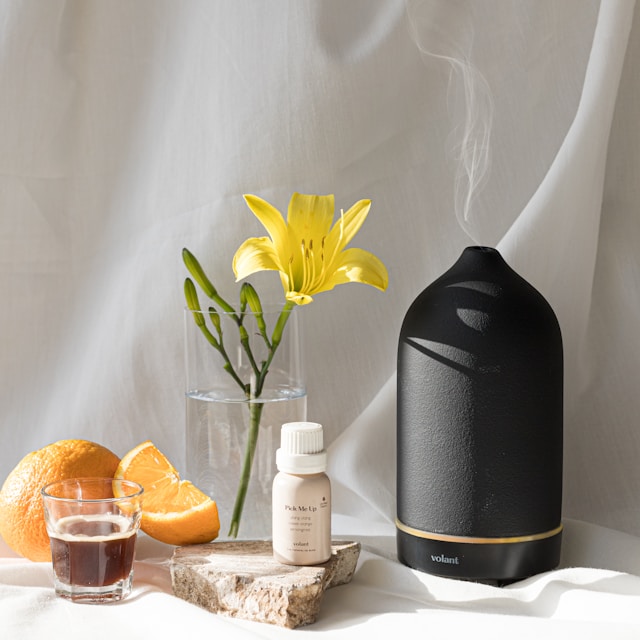If you’re among the millions suffering from seasonal or year-round allergies, you understand how critical clean air is to your health and comfort. Airborne allergens like pollen, pet dander, mold spores, and dust mites can wreak havoc on your respiratory system. While medications and lifestyle changes can help, the environment you live in plays a massive role in how you manage your symptoms.
The best air purifier for allergies doesn’t just reduce particles in the air—it transforms your living space into a haven of clean, breathable air. In this ultimate guide, we’ll walk you through everything you need to know before buying an air purifier so you can make an informed choice that aligns with your health needs and budget.
From understanding how air purifiers work to exploring different types of filters and features, this guide is designed to help allergy sufferers find effective relief. Whether you’re shopping for your home, office, or even a dorm room, we’ve got all the bases covered.
Understanding Allergies and Air Quality
Before diving into the features of air purifiers, it’s essential to understand how allergies work and why indoor air quality matters. Allergies occur when your immune system reacts to substances that are typically harmless, such as pollen or pet hair. These allergens can trigger sneezing, coughing, itchy eyes, or more serious respiratory issues like asthma.
Indoor air can often be more polluted than outdoor air. Poor ventilation, household cleaning agents, and biological pollutants can accumulate, especially in sealed environments. Without proper air circulation or filtration, allergens stay suspended in the air and on surfaces, making symptoms worse.
A high-quality air purifier acts as a defense mechanism against indoor allergens. It traps and removes these particles from the air, reducing your overall exposure and potentially minimizing symptoms. For individuals with allergies, this can make a dramatic difference in quality of life.
How Air Purifiers Work: A Technical Overview
Air purifiers operate by pulling in air from your room, filtering it to remove contaminants, and then circulating the clean air back into the environment. Most models use fans to draw in air and push it through a series of filters.
The effectiveness of an air purifier hinges on the quality and type of filters it uses. A true HEPA (High-Efficiency Particulate Air) filter, for example, is capable of removing up to 99.97% of particles as small as 0.3 microns. This includes common allergens such as pollen, dust mites, and pet dander.
Other types of filters, such as activated carbon, can absorb odors and volatile organic compounds (VOCs). Some advanced models also incorporate UV-C light to kill airborne bacteria and viruses or ionizers that help bind particles together so they can be captured more efficiently by filters. Understanding these mechanisms helps you choose the best air purifier for allergies based on your specific needs.
Key Features to Look for in the Best Air Purifier for Allergies
When shopping for an air purifier, not all models are created equal. For allergy sufferers, specific features are particularly important. Below are some of the key elements you should look for:
1. True HEPA Filter: This is non-negotiable. A true HEPA filter is the gold standard for trapping tiny allergens and should be a top priority for anyone suffering from allergies.
2. Activated Carbon Filter: If you’re sensitive to smells or chemicals, a purifier with an activated carbon filter can neutralize odors and absorb harmful gases, offering additional relief.
3. Air Quality Sensor: Some high-end models include sensors that monitor the quality of your air in real-time and adjust settings automatically for optimal performance.
4. CADR Ratings: Clean Air Delivery Rate (CADR) is a standard that measures the efficiency of air purifiers. Higher numbers indicate faster and more effective air cleaning.
5. Noise Level: Look for units that run quietly, especially if you plan to use them in your bedroom. Noise can impact sleep quality, which is already a concern for many allergy sufferers.
Room Size and Placement Considerations
The effectiveness of an air purifier also depends on where and how it’s used. Each unit is designed to handle a certain square footage. Using an undersized purifier in a large room means it won’t be effective.
Measure your space and choose a model that can handle at least that area. For open-concept rooms or high ceilings, opt for units with a larger capacity or use multiple devices to cover the entire area adequately.
Placement matters too. Keep the purifier at least a few inches away from walls and furniture to allow proper airflow. Avoid putting it near windows or doors where outdoor air might interfere with its function.
Best Air Purifier Brands for Allergy Sufferers
While many brands claim to be effective, only a few consistently earn top marks from allergy sufferers and independent reviewers. Here are some reliable names to consider:
1. Dyson: Known for innovative designs, Dyson air purifiers often combine cooling and heating features with top-tier filtration systems.
2. Honeywell: A household name in air quality, Honeywell offers a range of HEPA purifiers with excellent CADR ratings and smart features.
3. Coway: The Coway AP-1512HH Mighty is particularly beloved for its effectiveness, quiet operation, and budget-friendly price.
4. Levoit: This brand offers powerful HEPA purifiers that are also stylish and affordable, making them great for small spaces and tight budgets.
5. Blueair: With patented HEPASilent™ technology, Blueair units are among the quietest on the market without compromising on power.
Maintenance Tips to Maximize Your Air Purifier’s Efficiency

Buying the best air purifier for allergies is only the first step. To keep it running efficiently, you’ll need to perform regular maintenance.
1. Replace Filters Timely: Always check the manufacturer’s guidelines on when to replace HEPA and carbon filters. A clogged filter can’t trap allergens effectively.
2. Clean Pre-Filters: Some models come with washable pre-filters that capture larger particles. Cleaning these monthly will help extend the life of your main filter.
3. Keep Surroundings Clean: Vacuum regularly and dust surfaces to reduce the overall allergen load in the room. Your air purifier will perform better in a cleaner space.
4. Monitor Performance: If your model has a digital display or app integration, use it to track air quality and filter life.
Common Mistakes to Avoid When Buying an Air Purifier
Choosing an air purifier can be overwhelming, and it’s easy to make mistakes that reduce effectiveness. Here are some pitfalls to watch out for:
1. Ignoring Filter Types: Not all filters are HEPA-certified. Always double-check specifications before buying.
2. Underestimating Room Size: If your device can’t handle the size of the room, you’re wasting money and not getting the results you need.
3. Falling for Gimmicks: Some products market flashy features that don’t add real value for allergy relief. Stick to proven technologies.
4. Skipping Maintenance: Even the best purifier will fail if filters aren’t replaced or cleaned on schedule.
Budgeting: How Much Should You Spend on an Air Purifier?
Prices for air purifiers vary widely, from under $100 to over $1,000. So how much should you really spend?
For most allergy sufferers, mid-range purifiers between $150 and $400 offer the best value. These models usually come with true HEPA filters, decent CADR ratings, and extra features like air sensors and timers.
More expensive models may include smart home integration, multi-room coverage, or additional filters for VOCs and smoke. If these features matter to you, the higher cost can be justified. However, even budget models can be effective if used correctly.
Always factor in long-term costs, too. Filter replacements and electricity use can add up, so consider the total cost of ownership when comparing options.
Finding Long-Term Relief from Allergies
Living with allergies can be a daily struggle, but the right air purifier can significantly reduce your symptoms and improve your well-being. The key is to choose a model that suits your space, targets the right allergens, and is maintained regularly.
Remember, the best air purifier for allergies is one that consistently delivers clean, breathable air tailored to your environment. With the information in this guide, you’re well-equipped to make a smart, health-focused decision.
By investing wisely in the right air purifier, you take control of your indoor air quality—and your health—every day.

